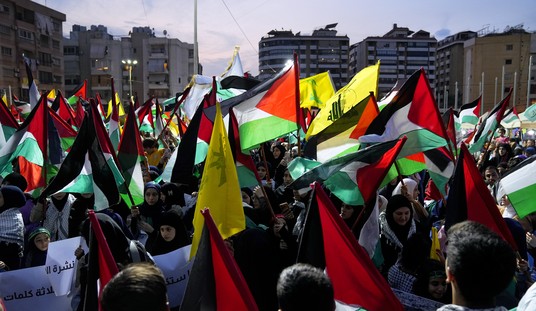
| Published June 23, 2025
A recent report explores why Hezbollah—normally one of the most aggressive Iran-backed forces in the Middle East—has gone unusually quiet. Retired U.S. General Jack Keane believes the answer lies not in a lack of firepower, but in a collapse of morale. Despite having thousands of missiles, Hezbollah appears reluctant to act, potentially signaling deep cracks within its command and motivation, especially following severe Israeli strikes and Iran’s weakened regional posture.
🌍 Broader context & analysis
1. Current state of Hezbollah
-
Their missile arsenal remains vast, but leadership losses in recent conflicts, including Syria and the Israel–Lebanon border clashes, have weakened their command structures.
-
After former Secretary‑General Hassan Nasrallah was killed in a strike on September 27, 2024, and his successor Hashem Safieddine also killed shortly thereafter, control shifted to Naim Qassem. This caused further disruption.
2. Recent cease-fire and repositioning
-
Following a U.S.-brokered cease-fire in November 2024, Hezbollah pulled most heavy weapons north of the Litani River and allowed Lebanese Army units to deploy in southern Lebanon.
-
Over April–May 2025, Lebanese forces reportedly dismantled 80–90% of Hezbollah’s southern installations, seizing control of key sites.
3. What’s next for Hezbollah?
-
Analysts suggest Hezbollah is lying low while it reboots organizationally, potentially shifting its tactics to political maneuvering and local influence before rearming.
-
The group retains deterrence capabilities and public support, particularly from those who view it as a resistance force, but remains cautious about reigniting large-scale conflict.
 Implications
Implications
⚠️ 1. Israel Must Stay on High Alert
-
Despite the quiet, Israel cannot lower its guard.
-
The IDF must prepare for a sudden escalation, especially in the north, draining military and intelligence resources long-term.
-
Israeli civilians in border areas remain under threat of surprise rocket attacks or infiltration.
🇺🇸 2. U.S. Involvement Could Deepen
-
If Hezbollah strikes U.S. allies or assets, Washington may feel compelled to intervene militarily or increase arms support to Israel.
-
The Biden administration could face internal pressure over Middle East engagement during an already fragile geopolitical moment.
💣 3. Broader Iran-Israel Conflict Looms
-
Hezbollah’s next moves are closely tied to Iran’s ambitions.
-
A Hezbollah attack could be used by Iran as a diversionary front in case of strikes on its nuclear sites or Revolutionary Guard units.
🇱🇧 4. Lebanon’s Stability at Risk
-
Renewed Hezbollah activity could draw retaliation into civilian areas, worsening Lebanon’s economic and humanitarian crisis.
-
Sectarian tensions may also reignite, destabilizing the fragile balance in Lebanese politics.
🌐 5. Regional Domino Effect
-
A new Hezbollah-Israel clash could pull in Syrian militias, Iranian proxies in Iraq, or even provoke Hamas into coordinated action.
-
This raises the risk of a wider regional war, potentially disrupting global oil markets and shipping lanes like the eastern Mediterranean.
💬 Overall Takeaway:
Hezbollah’s current low profile does not signal surrender—it reflects a deliberate, strategic recalibration. With its leadership disrupted and infrastructure weakened, the group is likely regrouping while awaiting a more favorable moment to reassert itself. This calculated pause poses a lingering threat to regional stability, especially for Israel and U.S. interests. The international community must remain vigilant, as Hezbollah’s next move could shift the entire balance of power in the Middle East.




